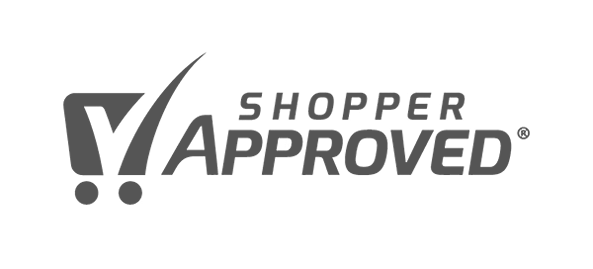
I talk with customers every day who want to incorporate technology into their world which is wonderful, because the capabilities of what’s available today are outstanding. I enjoy problem solving – especially when customers come to us with difficult application problems. This blog is about one such application where I helped simplify the installation of hidden cameras into a vehicle utilized by a law enforcement agency.
I recently assisted a customer with a covert vehicle surveillance system installation for creating a bait car. The team I worked with was predominantly experts in field surveillance with limited experience in pulling cars apart and putting them successfully back together again. They wanted me to walk them through the process of installing cameras into vehicles. With the first car in the fleet I used both board and snake cameras depending on where I installed the camera in the vehicle and the desired FOV (field of view).
Board cameras are thinner than snake cameras, but snake cameras overall have smaller form factors. I primarily used board cameras in this installation, but because of the smaller form factor I used the snake cameras where the board camera couldn’t reach or fit.
Board cameras, although skinnier, have a 1″ x 1″ square size that doesn’t fit into a car heating/AC vent, for example, where a snake camera slides in with ease. Alternately, there are some spots within a vehicle where a board camera is best suited over a snake camera, like door panels, or other locations where you have larger, flat expanses to work with.
In this specific installation, the snake camera was invaluable because my customer needed a camera in a taillight which would point outward to show them what was happening at the back of the vehicle. Activities are prone to occur in this area and it was considered a must-have to make the covert vehicle surveillance system for creating a bait car successful.
I took the third brake light off and because I was outside the vehicle, I couldn’t get behind the panel or take anything off – I was trying to get around the metal which definitely doesn’t bend.
There are two parts to a covert vehicle surveillance system installation. One, is the physical bonding of the camera to the surface and two, is the final positioning of the camera. This awkward installation site, trying to get the camera behind the taillight, was proving tricky to attach the camera.
What I ended up doing was putting a spot of superglue on the camera, getting it into place in the right position, and then finished securing the camera with hot glue. Hot glue has a longer set-time than other adhesives and gives you the opportunity to position the camera properly before it dries.
Can you visualize this? The space I was working in was 2″ x 5″ wide, with me trying to squeeze my hand into this small space and attempting to attach a camera on the side of the opening with two different glues going. Although I did manage to get it to work, it took a couple of hours and several attempts.
There had to be a better way.
I walked away from this situation thinking “it shouldn’t be this hard”. Obviously, there isn’t an option, nor does it make sense, to redesign vehicles around camera installations. So with that off the table, I was left trying to figure out what I could do to make it easier for people whose primary job is not installing electronic components, but is to capture the bad guy with the assistance of electronic components. Here’s what I came up with.
Unlike board cameras, snake cameras don’t have mounting tabs and it is incredibly difficult to attach the snake camera to anything and expect it to stay in place on its own.
However, a custom-designed foam block with adhesive on one side and a custom cut out in the middle to fit the head of the snake camera would work in place of a more traditional mounting tool. The foam block essentially looks a little like a small, square donut that enables you to drill your viewing hole from the outside, slide the camera onto the foam mount, get the camera into position looking through the view hole, and then push the foam into place.
Now that the camera is stably in position, you can decide if you need to adjust the camera angle or if want to lock it down with additional adhesive. The foam, allows you the wiggle factor to adjust the camera position and when you let it go, the camera stays put. From there, either the foam is enough to protect the camera from the weather or environment that it is in, or you can add on the extra glue to keep the camera locked in place and add some extra weather protection.
If you’re using the foam blocks in a fixed installation, like a picture on a wall, that won’t be moving, you probably don’t need the second step of additional adhesive, the foam blocks are enough.
An additional side benefit in a fixed environment is that the cameras are reusable without the extra adhesive. The foam blocks will hold the camera behind a flat surface by themselves and without the glue, you can just pull the camera back out and use it somewhere else.
Feedback on this tool has been resoundingly positive. Attendees at NATIA were amazed at the simple and straightforward way we solved the problem around the installation and reduced time. LE needs to spend their valuable time apprehending the bad guys, and streamlining an installation is invaluable to any department.
If you have any questions about our covert vehicle surveillance systems, our board or snake cameras, or if you would like more information about installations for creating bait cars, please feel free to email our Government Sales Division.
{{widget type=”cms/widget_block” template=”cms/widget/static_block/default.phtml” block_id=”155





About The Author: Supercircuits Team
More posts by Supercircuits Team